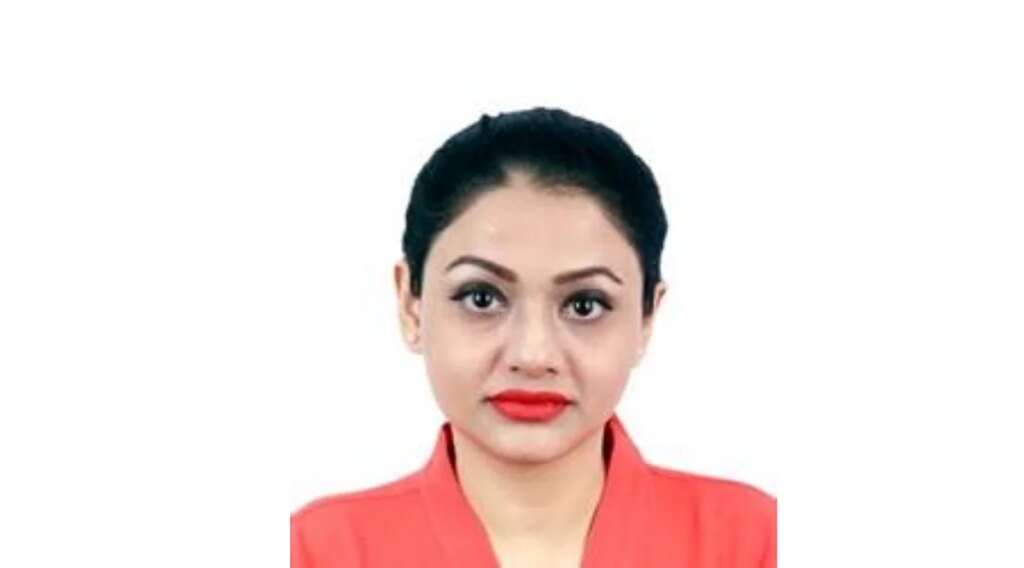Take, for example, one of agriculture’s most stubborn problems: distinguishing rice varieties that look nearly identical under the human eye. These subtle visual differences—between varieties like BR29, BRRI dhan28, or Basmati—carry massive implications for pricing, processing, and quality control. Yet for years, no AI system could reliably handle this fine-grained classification at scale.
Prova designed an architecture from the ground up to solve this. In her research, published in the Q1-ranked International Journal of Cognitive Computing in Engineering (CiteScore: 19.8, DOI: ), she fused convolutional neural networks with a CBAM (Convolutional Block Attention Module) to build a hybrid model capable of isolating the most discriminative features in high-resolution grain images. She then integrated the deep features with traditional classifiers—KNN, XGBoost, SVM—for precision control.
The result: 99.35% classification accuracy on over 27,000 rice samples.
But the real proof of significance lies in what followed. Her model was cited and re-implemented by researchers working on drone-assisted agricultural image analysis and precision farming systems. A Q1 journal article focused on UAV-based crop classification noted:
“Prova NNI proposed an attention-based hybrid model for accurate classification of rice varieties, which significantly improved the ability of the model to focus on key features…”
In other words, her system wasn’t just noticed—it became a foundation. It didn’t contribute to the field. It changed the field.

